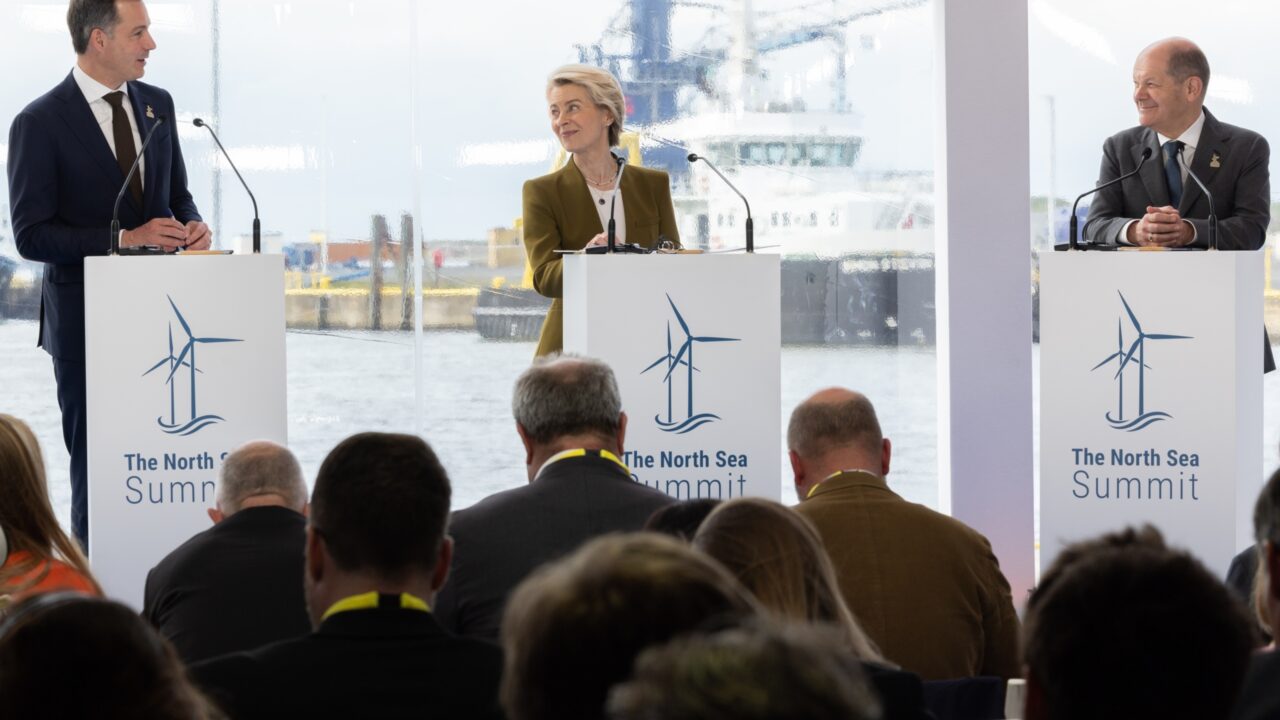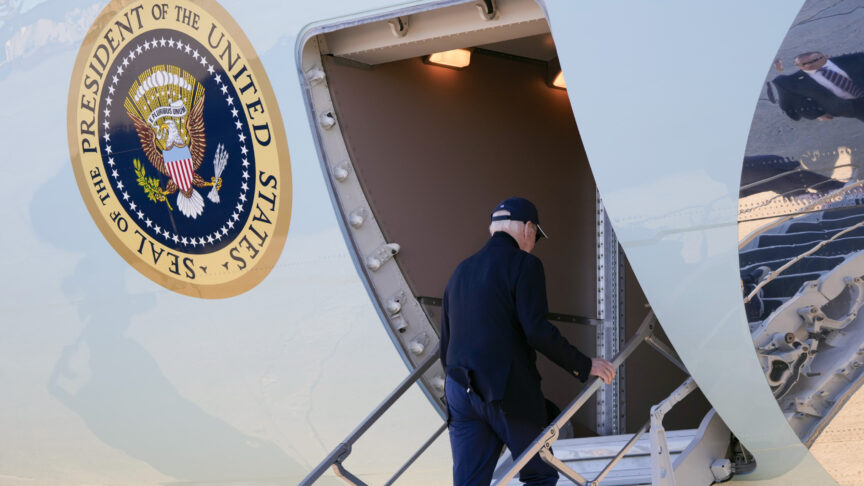From crisis to climate: Europe’s energy diplomacy after two years of war in Ukraine
Since Russia’s invasion of Ukraine, the EU and its member states have intensified their energy diplomacy, moving away from Russian supplies and towards more secure – and greener – alternatives. But to do so efficiently, greater coordination at the EU-level is needed
In the two years since Russia’s invasion of Ukraine, the European Union and its member states have intensified their energy diplomacy. According to data collected by ECFR’s Energy Deals Tracker, since the war began more than 180 agreements have been concluded between the EU and its member states and third countries, both at government and corporate level. At the same time, pressure on member states to meet energy transition targets remains high, especially as according to recent European Commission’s assessment, the EU is not on track to meet its 2030 emissions reduction targets.
However, while there is no shortage of agreements which serve the green transition, the database shows that the EU and its member states have largely focused on energy crisis diplomacy by prioritising fast and secure energy access. As many as 45 per cent of the agreements concerned cooperation in the gas sector, securing supply from alternative sources to Russia. Instruments launched by the EU such as the AggregateEU platform, which serves to aggregate demand and allow for joint purchases of natural gas between EU countries and their neighbouring countries such as Ukraine and Moldova, boosted this diversification. Additionally, some EU countries with operating nuclear power plants have concluded agreements to supply nuclear fuel from outside Russia (such as Bulgaria, the Czech Republic, and Finland).
Although most member states continue to work towards full energy independence from Russia, Hungary has taken a different stance. On the one hand, Budapest is making some diplomatic efforts to diversify. But on the other hand, it is extending existing long-term agreements with Russian counterparts on the terms of payments for gas supplies. In April 2023, Hungary also concluded an agreement with Russia to modify the existing deals for the construction of the Paks II nuclear power plant, mainly to avoid sanctions. Hungary’s efforts to maintain or strengthen energy relations with Russia contradict the strategic goals of the EU. These goals, declared by the commission in the May 2022 REPower EU plan, emphasise the urgent need achieve independence from Russian fossil fuel imports.
While efforts to diversify the supply of fossil fuels or nuclear fuel are a welcome development for Europe’s energy security, at times this has undermined the European Green Deal’s objective to phase in clean fuels. Of particular concern is the long-term gas contracts which European companies have concluded with Qatar in autumn 2023 for the supply of liquified natural gas to the Netherlands, Italy, and France. Indeed, some of the long-term contracts extend beyond 2050, when the EU plans to achieve net zero greenhouse gas emissions.
At the same time, since the war in Ukraine, many member states and European companies have concluded agreements that demonstrate a willingness to pursue an energy diplomacy compatible with the green transition. Around 53 per cent of the agreements concluded by member states, but also the EU itself, were on the implementation of renewable energy projects, hydrogen projects, or decarbonisation and energy efficiency improvements. These will help the development of such projects within the EU, for example in the framework of cooperation between Norway and Germany in wind energy, as well as outside the EU, illustrated by the agreement between the EU and Egypt, concluded in March 2024. However, a certain weakness of these green agreements is that most of them are not legally binding, in that they are memorandums of understanding or letters of intent, and it is unclear how many of them will be implemented.
The data collected in the Energy Deals Tracker over the last two years also shows that the EU’s energy diplomacy is very fragmented. Although the EU has concluded several important energy cooperation agreements with third countries, such as partnerships with Azerbaijan, Kazakhstan, Morocco, Norway, and the United States, the main role in the context of energy diplomacy is played by member states. Of the 183 agreements we identified in our database, as many as 169 were initiatives of member states and private companies, and only 14 agreements were concluded at the EU level alone.
Of the 183 agreements we identified in our database, as many as 169 were initiatives of member states and private companies, and only 14 agreements were concluded at the EU level alone
In order to obtain the most efficiency and synergy from the deals concluded between member states and Brussels, and third countries and companies, the commission should consider setting up a mechanism to monitor the individual efforts of each member state. A first step could be the establishment of sectoral databases of the concluded energy deals, which would allow the EU and its member states to gain a better understanding of, for example, how much gas is contracted to be supplied to the EU in the short, medium, or long term. This would allow member states to avoid a possible oversupply of imported raw materials or to avoid committing to unnecessary infrastructure development that would create the risk of stranded assets. In turn, in the case of indicative agreements on cooperation in renewable energy or decarbonisation projects, member states and the EU itself could monitor the next steps, taking action to stimulate or remove barriers to their implementation. For Europeans to achieve effective coordination between the EU’s actions and those of member states, regular reality checks at the EU-level are crucial. With a more cohesive picture of the EU’s energy deals, its energy diplomacy can begin to shift from crisis mode to one focused on the green transition.
The European Council on Foreign Relations does not take collective positions. ECFR publications only represent the views of their individual authors.



